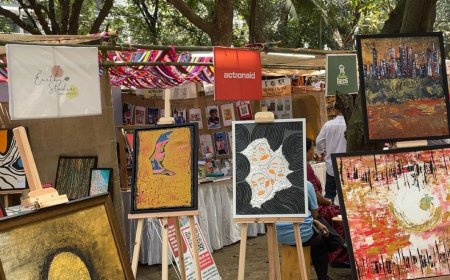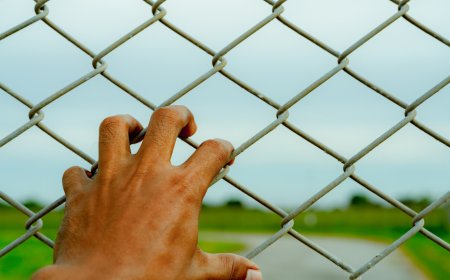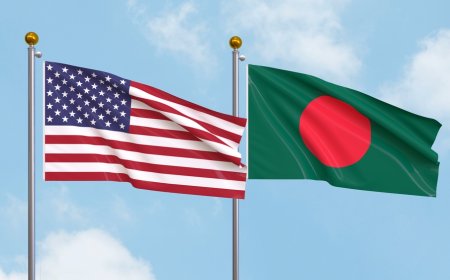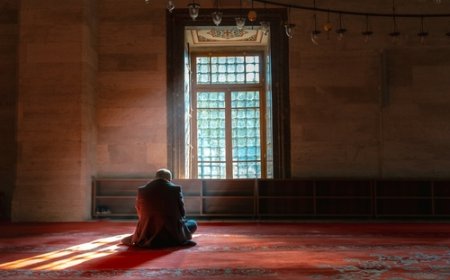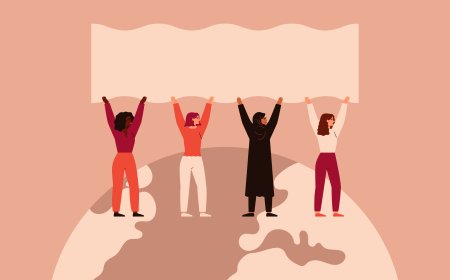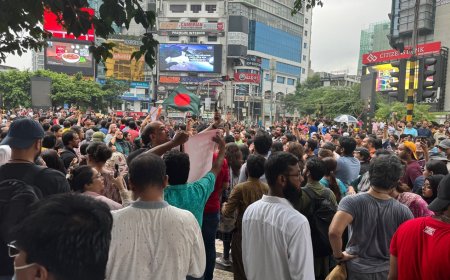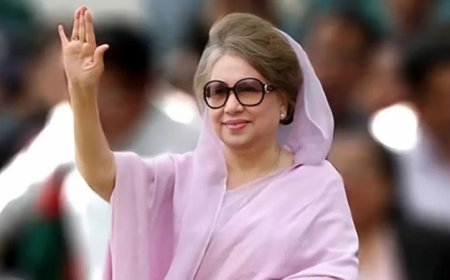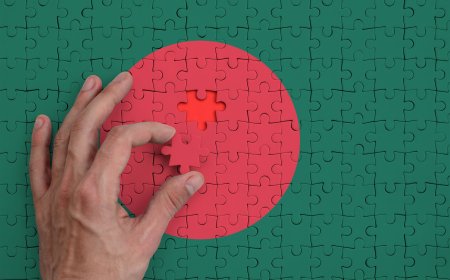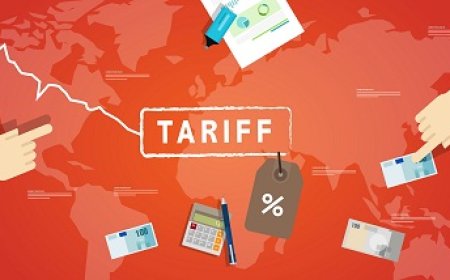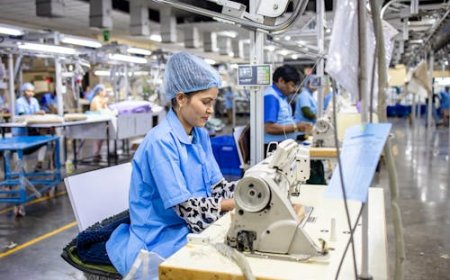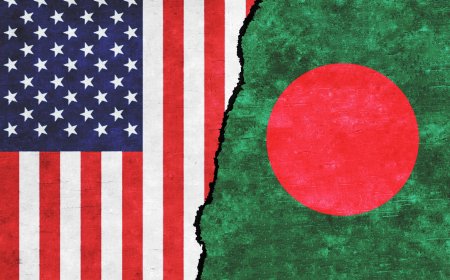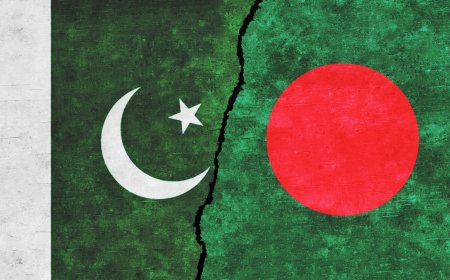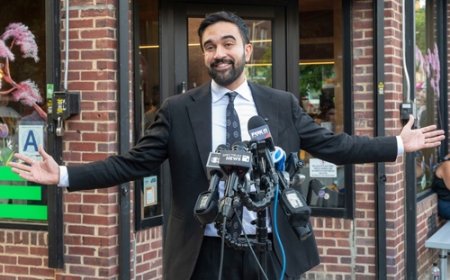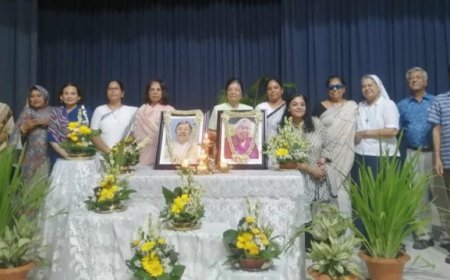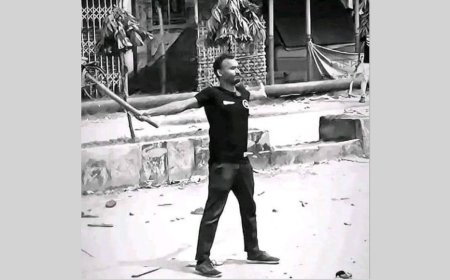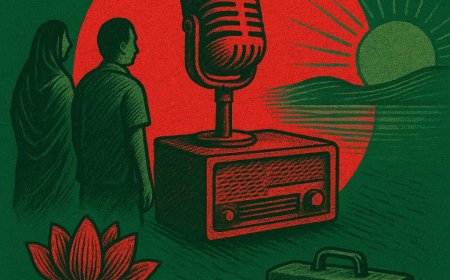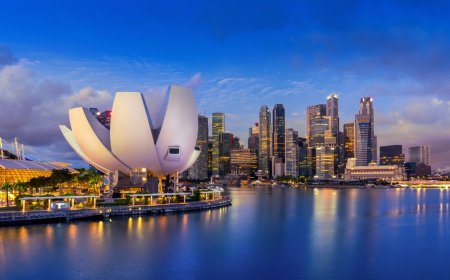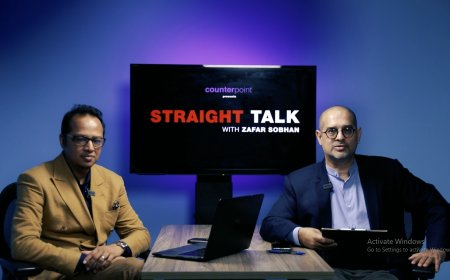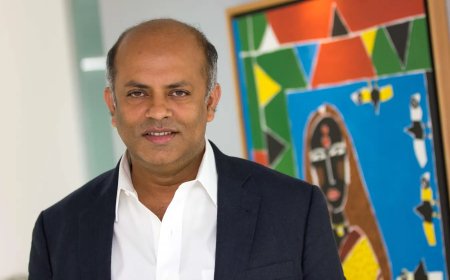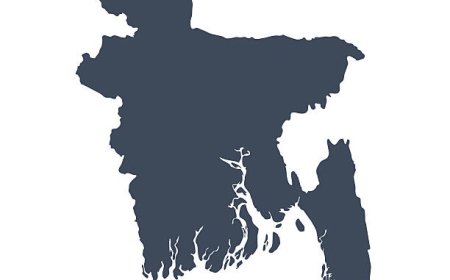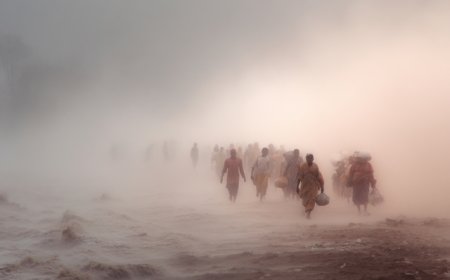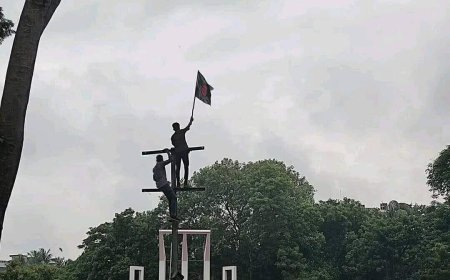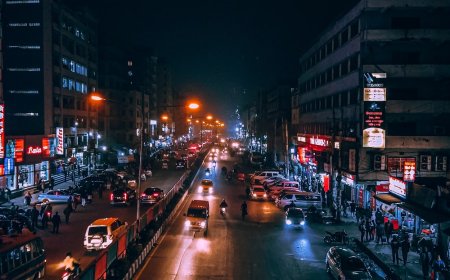Gulshan Is Not Dhaka
If you attend these festivals, you owe it to yourself and to Dhaka to also step outside the gates. Don't be someone who celebrates local and artisanal only when it's packaged with a price tag and a velvet rope. Don't be someone who feels cultured because you paid for the privilege.

You walk past the billboards. Rishka Fest is calling. Arka Fashion Week promises innovation. Dhaka Makers celebrates local artisans. All gated. All ticketed. All in Gulshan-Banani, where the air smells like money and entitlement. You pay to enter these spaces. You photograph your overpriced coffee. You feel cultured for exactly three hours. Then you go home, satisfied that you've supported local, when really you've just paid for the privilege of standing in a room full of people who have two cars in their garage, one for Wednesdays, one for Thursdays.
The Illusion of Innovation
Rishka Fest markets itself as a celebration of Bengali heritage. The ticket costs you 500 takas. Maybe more if you want the premium experience. Inside, there's artisanal food from restaurants you can't afford to eat at regularly, live music you could hear at any wedding in Dhanmondi, and enough Instagram moments to keep your feed busy for a week. They call it innovation. They call it celebrating culture. What they mean is: we've packaged your heritage and put a price tag on it. Arka Fashion Week brings you contemporary Bangladeshi fashion. The venue is Aloki, sleek, air-conditioned, with security that checks your shoes before you enter. Designers showcase collections that cost more than a month's rent in most of Dhaka. You applaud. You feel like youv'e discovered something. But here's the twist: the same designers, the same talent, the same stories are happening on the streets of Nakshi Kantha Lane in Old Dhaka, where textile artisans have been innovating for centuries.
Nobody charges entry there. Walk to Shankhari Bazar and watch brass artisans hammer metal the way their grandfathers did. Go to Dhamrai or Sonargaon, places where Jamdani weavers still spend months creating a single sari, their fingers moving through patterns that no algorithm can replicate. Visit Jamalpur, where women stitch nakshi kanthas after their household work is done, for less money than you spent on a festival ticket.
Go to Meradia Market, Dhaka's last real haat, where blacksmiths sell their work in the open air without pretense. Walk through Paltan Bazaar and Motijheel, where actual makers, people who've dedicated their lives to their craft, sell directly to you. No middleman. No markup. No security guard checking your shoes. These places don't need to rebrand themselves as experiences. They just exist.
They're not trying to be innovative. They're trying to survive.
Dhaka Makers Festival promises artisanal everything. Handmade goods. Local creators. Community. The ticket is 400 takas or more. You walk through booths, buy overpriced ceramic bowls, sip craft coffee, and feel like you're part of something authentic. But authenticity shouldn't cost you half a day's wages. The only difference between what's happening at Dhaka Makers and what's happening at Motijheel is that one has better lighting and a parking attendant.
What They're Really Selling
These festivals aren't selling culture. They're selling the feeling of being inside. Belonging to a club where membership costs money and requires self-awareness. The people attending aren't there to celebrate Bangladesh's creative heritage; they're there to celebrate their own access to it. There's a difference.
You can taste Bengali food at these events, or you can go to a street vendor in Puran Dhaka who makes the same things, maybe even better, for 50 takas. You can hear music, or you can find it happening organically in neighborhoods across the city without a single taka changing hands. You can see local art, or you can walk through Old Dhaka and see it painted on walls, carved into doorways, alive in the hands of people who didn't need a festival to make it matter.
What Happens When You Step Outside
But something shifts when you leave Gulshan and actually engage with these spaces. You start to see. Really see. When you talk to the woman stitching a nakshi kantha in Jamalpur, and she tells you it takes three months for a single Nakshikatha, and she sells it for 3,000 takas, less than what you paid for a festival ticket, you begin to understand the mathematics of exploitation. You see her hands, calloused and precise, and you realize every stitch is part of a legacy that capitalism has been trying to erase for decades.
You watch the Jamdani weaver in Sonargaon, whose eyes are failing from decades of close work, and you comprehend that his skill is literally being priced out of existence. But this isn't new. Dhakai muslin, the most exquisite fabric the world has ever known, was once the pride of this city. It was so fine, so perfectly woven, that it was called air-woven by emperors and kings. Then the British came. They didn't just compete with Dhaka muslin. They systematized its destruction. They cut off the hands of weavers.
They murdered craftsmen. They burned looms. They severed fingers to ensure these artisans could never work again. All to speed the wheel of capitalism, to eliminate competition, to monopolize global markets with their own mills and machines. The craft didn't die naturally. It was slaughtered. And now, centuries later, the handloom worker in Motijheel tells you his craft is dying because fast fashion has made everything disposable. You hear the exhaustion in his voice, and it becomes personal. Because this exhaustion isn't just about economic pressure. It's inherited. It's the echo of that colonial violence, still reverberating.
The same logic that cut off weaver's hands is now cutting off their livelihoods, slowly, through market forces instead of machetes, but just as final.
This is when empathy arrives, not as sentiment but as understanding. You start to grasp the weight of labor. The time. The sacrifice. The knowledge that should be worth infinitely more than what the market allows. You begin to see how a capitalistic system doesn't celebrate craft, it devours it, extracts its value, and sells the image back to you at a markup.
Understanding the Two Dhakas
And then you understand something larger. Two Dhakas exist in the same geography, and they operate on fundamentally different logics. There's Puran Dhaka, Old Dhaka, the bazars, the workshops, the haats. Here, things are made. Here, knowledge is passed down. Here, a transaction isn't just about profit; it's about sustenance, dignity, and continuity. There's a collective ethos embedded in these spaces.
The blacksmith in Shankhari Bazar isn't trying to disrupt anything. He's trying to survive, to keep his family's trade alive, to pass something real to the next generation. Yes, it's capitalism too, but it's unadorned, honest, almost. Brutal in its honesty.
Then there's Gulshan, Banani, Aloki, and the nightmarish capitalism. Here, culture is packaged. Heritage is commodified. Innovation is a buzzword. Everything is curated, gated, ticketed. The profit margins are obscene. The disconnect between what the artisan makes and what the festival charges is staggering.
But it's hidden behind aesthetic language, behind the promise of supporting local, behind Instagram-friendly visuals. It's capitalism wearing a mask of social consciousness. It's the most insidious kind because it makes you feel good about participating in extraction.
When you understand this distinction, between the struggle-to-survive capitalism of Old Dhaka and the slick, performance-based capitalism of New Dhaka, you see through the marketing. You stop believing that buying a 500-taka ticket to Rishka Fest is the same as buying a 500-taka hand-woven embroidered shirt from the indigenous woman in Rangamati.
One enriches a corporate structure designed to make you feel cultured. The other feeds a person. One perpetuates gentrification. The other resists it.
The Real Price of Escaping
Engaging directly with craftspeople and workers isn't just about getting a better deal. It's about reclaiming your understanding of how the world actually works. It's about seeing the supply chain as human beings, not as abstractions. It's about understanding that when you buy from Dhaka Makers, a significant chunk goes to venue rental, marketing, and corporate overhead. When you buy directly, that money goes to someone's lunch, someone's child's school fees, someone's survival.
This knowledge changes you. Once you see it, you can't unsee it. You start to distinguish between authentic cultural engagement and cultural tourism. You recognize when you're being sold a narrative versus when you're participating in something real.
You understand the difference between enjoying something and understanding its true cost.
Don't Be a Gulshan Liberal
If you attend these festivals, you owe it to yourself and to Dhaka to also step outside the gates. Don't be someone who celebrates local and artisanal only when it's packaged with a price tag and a velvet rope. Don't be someone who feels cultured because you paid for the privilege.
Real support for local creators doesn't mean buying from a Dhaka Makers booth. It means going to Motijheel, to Dhamrai, to Sonargaon. It means having conversations with people whose labor literally sustains this city's cultural memory. It means understanding that every taka you spend directly supports either a system designed to extract and re-package, or a system designed to survive and transmit.
The choice is there. The routes are mapped. Old Dhaka is still standing. The haats are still open. The artisans are still working. Sonargaon is still weaving. Jamalpur is still stitching.
All you have to do is leave Gulshan. Another day of negotiating with my conscience. I might still attend one of these festivals, might. But at least I'll know the difference. At least I'll know where else to go. At least I'll understand that being cultured doesn't require a ticket booth.
The question is: do you?
What's Your Reaction?




















